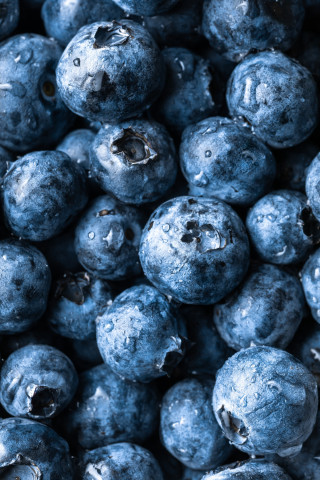Blueberries are a delicious economically important premium crop. But they are also a challenge to genomic analysis, as they carry multiple sets of chromosomes. While most animals, like us, have two sets of chromosomes, blueberries and many other plants have more. The various species of blueberry can have two, four or six sets; this phenomenon is known as polyploidy.

What we are doing
Genomics Aotearoa and Plant & Food Research have been involved in an international project to improve fruit quality of blueberry and cranberry, led by North Carolina State University, as part of a United States Department of Agriculture National Institute of Food and Agriculture Specialty Crop Research Initiative.
Known as the VacciniumCAP project, the goal is to create new genetic and genomic resources to support the selective breeding of blueberry cultivars with improved fruit quality. The aim is to understand the factors that contribute to quality, and what will lead to greater economic value.
The team at Plant & Food Research has created the first full genome sequence of this polyploid species. But genome analysis in polyploid species is complex, and sequencing the genome is just the start.
The team’s analysis of the assembly identified a set of candidate genes and their variants that control the phytochemical composition of blueberry, specifically the compounds responsible for pigmentation of the fruit skin, which mediate antioxidant properties. These characteristics are prime targets for fruit quality improvement.
David Chagné of Plant & Food Research said polyploid genomes have been notoriously difficult to analyse. “Our new methods enable us to crack complex genomes and shed new light on the genetic control of key traits in such species.”
The blueberry genome work builds on the team’s Genomics Aotearoa supported project to sequence the world’s first bilberry genome, with which blueberry shares a common ancestor, in 2021. The close relationship between bilberry and blueberry genomes helps track down the genes responsible for key traits.
The impact
Sara Montanari, Plant & Food Research blueberry molecular breeder, said the genome resource is now helping to identify which variants contribute to higher antioxidant content. “We can now develop a DNA marker for selecting new blueberry cultivars that have high antioxidant properties.”
As well as creating a new solution and methods that can be implemented in other polyploid species, this high-quality blueberry genome resource could be a game changer for producers in Aotearoa and beyond.
Read here for more information in High Quality Genomes and Population Genomics